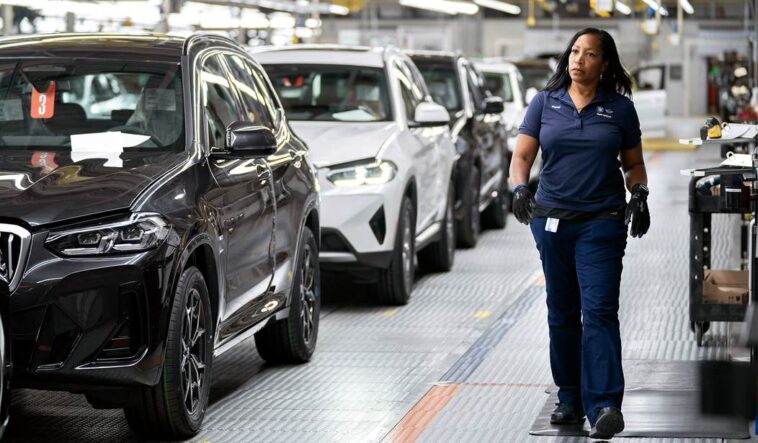“Sticker shock” has taken on a whole new meaning when new electric vehicle owners get their first repair bill following a simple fender bender. The Wall Street Journal reports that a San Francisco resident got in a minor accident with his electric truck. He thought that repairs would be “a couple-thousand-dollar bill from the repair shop and to be without his truck for a couple of weeks.”
Instead, the first-time EV owner was shocked to get a $22,000 bill for repairs that took 2 1/2 months.
The Biden administration has a goal to have 50% of all new cars on the road in 2030 be electric vehicles. That’s about 48 million cars and trucks. Owners are going to need chargers on the road, mechanics to service them, and parts to repair their vehicles.
None of those things exist in the numbers necessary for a smooth transition to EVs.
As far as repairs go, they may be more expensive than gas-powered cars, but the upkeep of EVs is only a fraction of what a driver pays for maintaining a conventional vehicle. But insurance is much higher and parts are twice as expensive as gasoline cars.
Altogether, you probably come out a little ahead with an EV as far as operating costs. But is the rest of it worth it?
When these vehicles do get into a crash, repairs can be more complex for many reasons. The bodies can be more complicated to disassemble, and the repairs tend to require more steps and precautions, Fredman said.
Vehicles containing lithium-ion batteries also require special storage consideration because of the risk of fire when they are damaged, said Scott Benavidez, chairman of the trade group Automotive Service Association and owner of a collision repair business in New Mexico. Those precautions add both time and cost to the repair process, he added.
The fire hazard is especially acute because most rural and small-town volunteer fire departments don’t know how to put out a fire from a vehicle containing lithium-ion batteries. It will take a few years before the fire departments catch up with their urban counterparts.
And it’s probably only a matter of time before manufacturers catch up with consumer demand and can iron out at least some of the difficulties.
There are signs that costs could come down as automakers build up a supply of spare parts and more independent repair shops become trained.
EV market leader Tesla has company-owned collision repair centers, as well as a network of privately owned body shops. Those additions helped half the cost of repairs on Teslas over the past decade as more shops became equipped to work on the vehicles, said Xander Walker, a former Tesla employee who worked on refurbishing leased vehicles and trade-ins.
There’s some hope that most of these problems can be fixed in the next decade. But it’s still a mystery to me why Biden and his administration started a war against gasoline-powered cars while they were still a viable mode of transportation.


